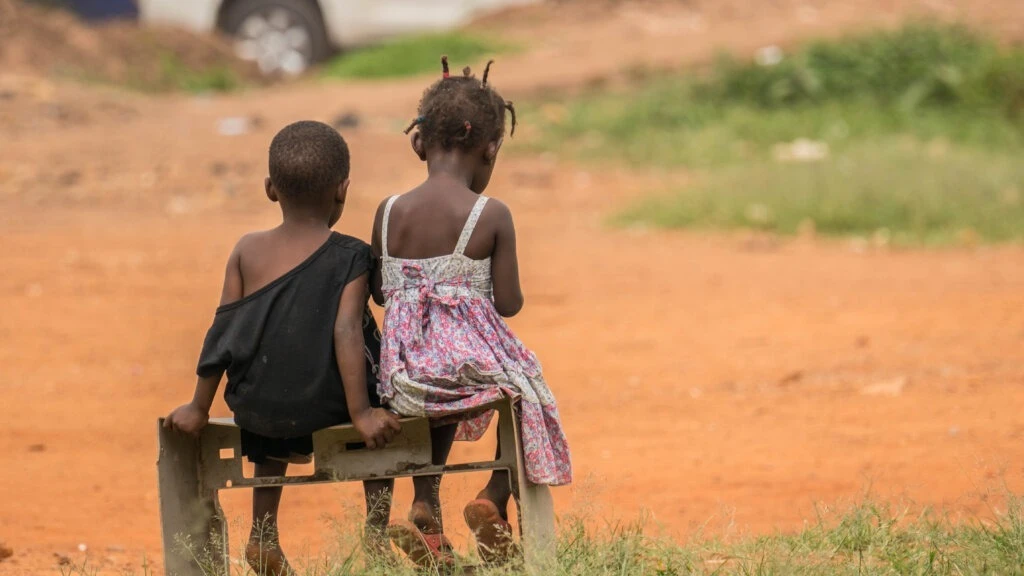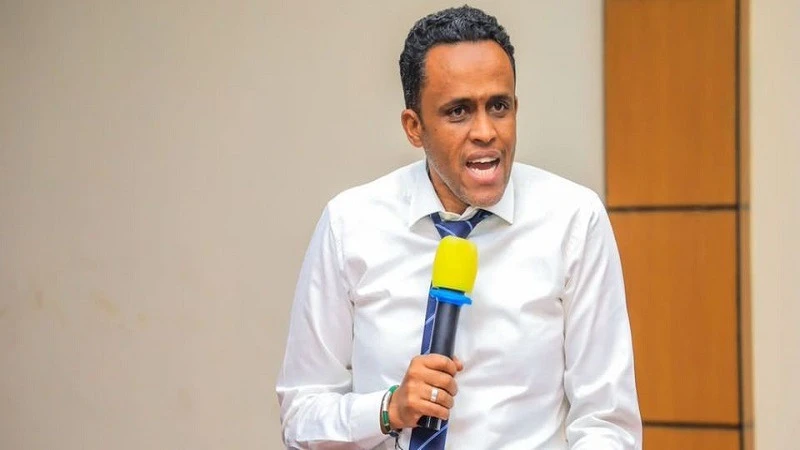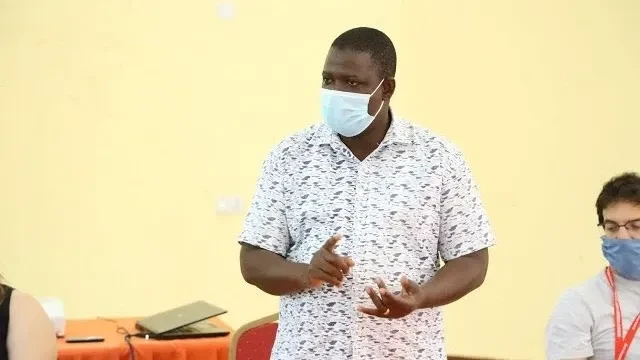In curbing child abandoning or abuse, bus terminals’ welfare desks may indeed help

MOVES by authorities in Geita Region in launching a social welfare services desk at the main bus terminal in Geita town has a chance of making a difference in perennial efforts to curb acts tendencies of children left on the spot, or coming to the place to escape violence without anything to fall back upon. MOVES by authorities in Geita Region in launching a social welfare services desk at the main bus terminal in Geita town has a chance of making a difference in perennial efforts to curb acts tendencies of children left on the spot, or coming to the place to escape violence without anything to fall back upon.
There are also instances of violence against children at the facility, apart from its other shortcomings, not as a bus terminal but as a hub where social issues clearly manifest as it is transition from settled village life to wayward urban life. It is a testing scenario for a young person wishing to put his feet on the ground, thus needing plenty of scarce goodwill.
The regional social welfare department affirms that desk officers will be tasked with following up on the children in order to control child labour. While there is plenty in that assertion that makes sense at the policy level, it presumes that there is a ready alternative like homes for all abandoned children found in the region or at the bus stop, that they will be received if taken there.
Otherwise, child labour per se becomes a survival mechanism and a way out, as one or two coins in the pocket change the social image of the town migrant from a beggar to a customer, and thus when it is similar to a living daily wage, he soon starts forgetting his troubles in the village.
Seeing it this way may provide suggestive clues to what such desks would be tasked with, in view of the fact that the particular focus at their inception in that region is curbing child labour, which first needs to be distinguished from child abandonment and then child abuse.
An abused child is little different from an abandoned one as such a child0 would sooner or later quit a household for a town, and the terminal is but a point of arrival to a new ecosystem, where the child first needs to be relevant. UN agencies see rights in situ, whereas rights are tied to clear relevance of individuals to someone else, and being a child makes no difference in the matter.
In actual fact, what social welfare officials seek to undo as child labour is often the only way a house keeps together as a unit, since an abandoned mother can’t sell groundnuts or boiled eggs, just like a child can’t be tasked with taking around vegetables and fruit for sale.
Homes already abandoned by the respective fathers live in the best way they see fit, where well intentioned limitations on what children can do aren’t of much use. Thus the issue in Geita and indeed all over the place is less checking child labour than child abuse, as abandonment is an abusive act.
When the matter is raised to that level, it becomes obvious that the desks will be less capable of taking up problems facing those children, for instance removing them from bus stands to return them to school.
If the child just stopped attending school to start a boiled eggs business without visible compulsion from an unstable homestead, it is possible to restore the child to school, with the lesson that it was a case of dropping out of school, voluntary child labour. But the situation can be more complicated, where single parent families have little income and rely on such trades.
Top Headlines
© 2025 IPPMEDIA.COM. ALL RIGHTS RESERVED

















